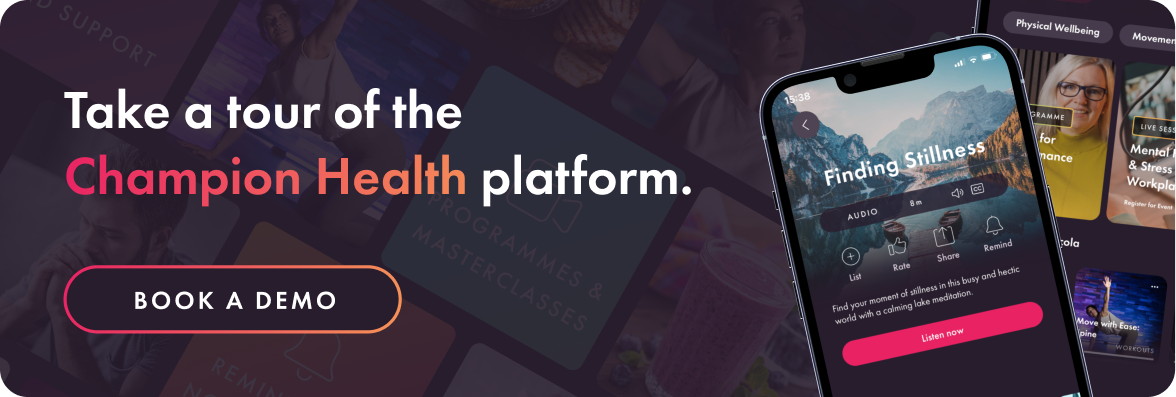Right, where were we?
Ah yes, chatbot therapy.
We’ve looked at the upside of AI therapy (it’s here if you missed it), now let’s look at the downside.
The Downside
Lack of empathy and understanding
Humans can struggle enough with this as it is. It takes a lot of time and training to achieve a high level of emotional intelligence.
And while chatbots can simulate empathy to an extent, they lack the genuine human touch and emotional intelligence that comes naturally to real therapists. This can limit the depth of the therapeutic relationship and may diminish the positive impact on a user’s mental health.
Chatbots can also struggle with understanding and addressing complex emotional issues, as they rely on pre-programmed responses and lack real-world experience.
Limited scope of treatment
Chatbot therapists are best suited for providing general support and coping strategies. It’s important to note they are not equipped to handle severe mental health conditions or crises that require professional intervention. This can have serious consequences if a person is suffering from suicidal ideations or thoughts of self-harm.
Lack of personalisation
The effectiveness of a chatbot therapist is limited by the quality and scope of its programming. As such, they may not be able to provide advice tailored to an individual’s unique situation, gender, age, culture or sexual orientation.
The data flipside
Despite encryption and security measures, there is still a risk of data breaches. Sensitive personal information shared with a chatbot could be vulnerable to hacking or misuse – and that kind of personal, sensitive information cannot afford to be put at risk.
Trust issues
While some may find the anonymity of chatbot therapy freeing, other users may be wary of sharing personal information with AI for fear of misuse or a lack of confidentiality.
Over-reliance on technology
There is a risk that individuals may become overly reliant on chatbot therapists, shying away from human interaction, connection, quality time and support from family, friends, or human therapists.
Technical disruptions
As with all things tech-related, chatbots are not immune to glitches or errors. This can disrupt (or even end) important conversations within therapy and cause frustration and distress – the last thing anyone needs when they are seeking help.
Ethical dilemmas
The use of AI in therapy raises ethical questions about the responsibility of providing mental health care through non-human means – who takes accountability if a situation escalates into a life-threatening crisis that could have been avoided with the right intervention?
No one wants to play the blame game, but should worst come to worst, hard questions will need to be asked – and answered – by a human, not a robot.

Our thoughts?
We love the idea of mental health support being easy, quick and cheap to access. Half the problem for many suffering with their mental wellbeing is accessibility.
Stigma can hold people back, but if they get past that they are met with long wait times to see a therapist, or bills they may not be able to afford.
Chatbot therapists eliminate many of these issues (providing they are a more cost-effective option – Sonia is $20 a month) and allow users to cut corners and cut out the middleman to access support when they need it…not days, weeks or even months later.
The NHS claims patients should have a first appointment within 18 weeks of a referral – how many lives are worsened or lost in that time?
Having used a chatbot therapist through the Talk to Ash AI Counselor, I’ve seen it do some pretty remarkable things. We obviously need to be very careful when it comes to something so sensitive being in the hands of a robot, but for those who are struggling without the means to access the help they need, it could be a life saver.” – Harry Bliss, CEO & Co-founder at Champion Health
On the other hand – and our biggest concern – is how this could encourage patients to break from reality (something a lot of people with mental health issues already experience) and lose touch with the real world.
We are living in a world where screen time often outweighs real-life interaction time.
Not having that human touch point, connection and conversation can have a negative impact, potentially leaving users reliant on technology for help as opposed to seeking it from those around them.
I use a quote in training courses ‘when something doesn’t feel right, it often isn’t’. The truth is, AI won’t be able to go off this gut instinct. When we interact with another human, we build a connection, and over time we start to understand the behaviours of that person, potentially being able to identify when their wellbeing has declined. This simple face-to-face interaction carries a lot of weight – time will tell if it can ever be replaced or replicated by AI.” – Vicky Fytche, Wellbeing Lead at Champion Health.
Humans traditionally need to feel cared for – and this is something a chatbot really can’t provide.
While we will always vouch for a real-life therapist first, if AI therapists can help people manage, cope, feel better and avoid a crisis, then it could change a lot of lives for the better.
And that’s what we’re all here for.






